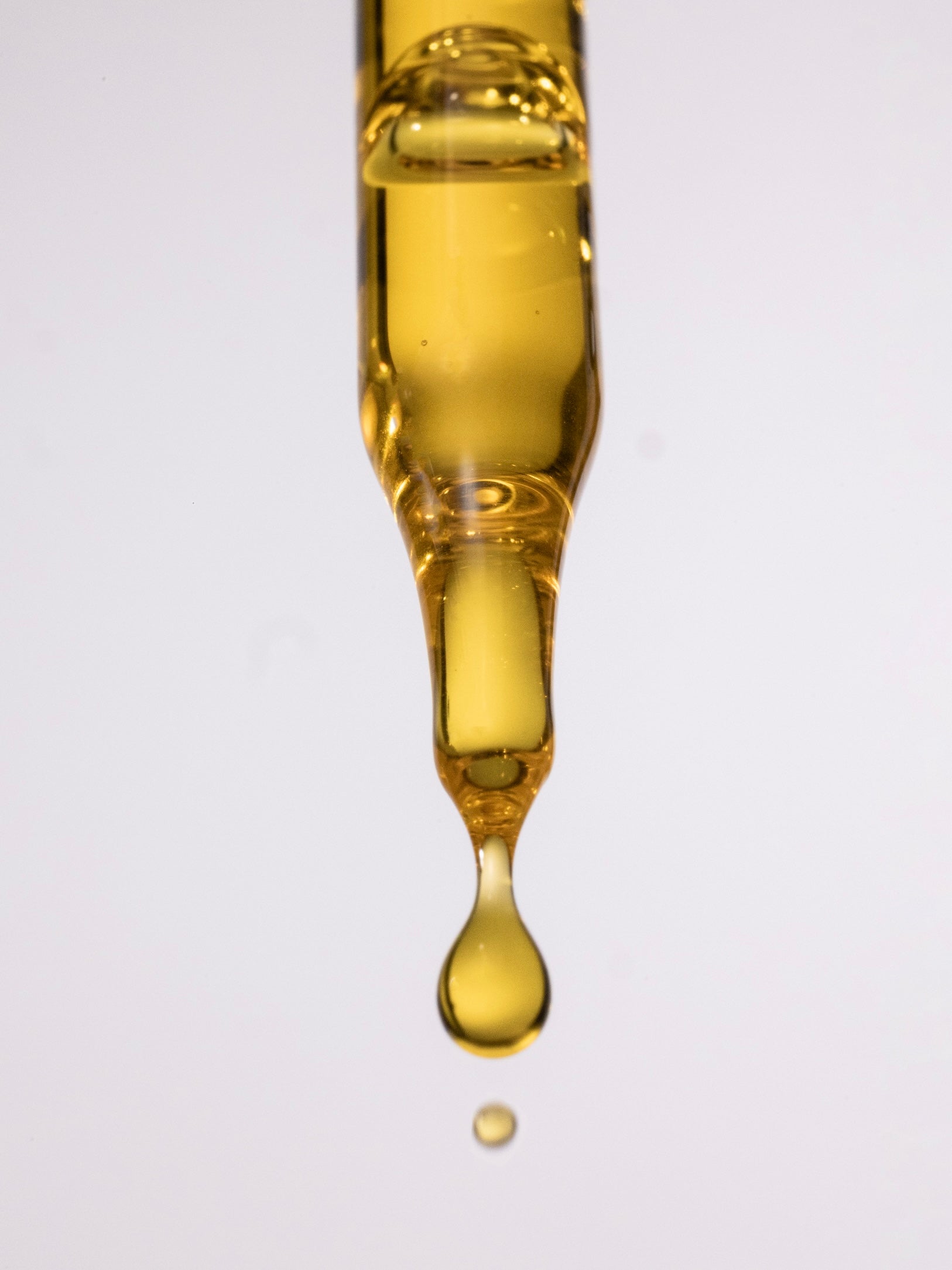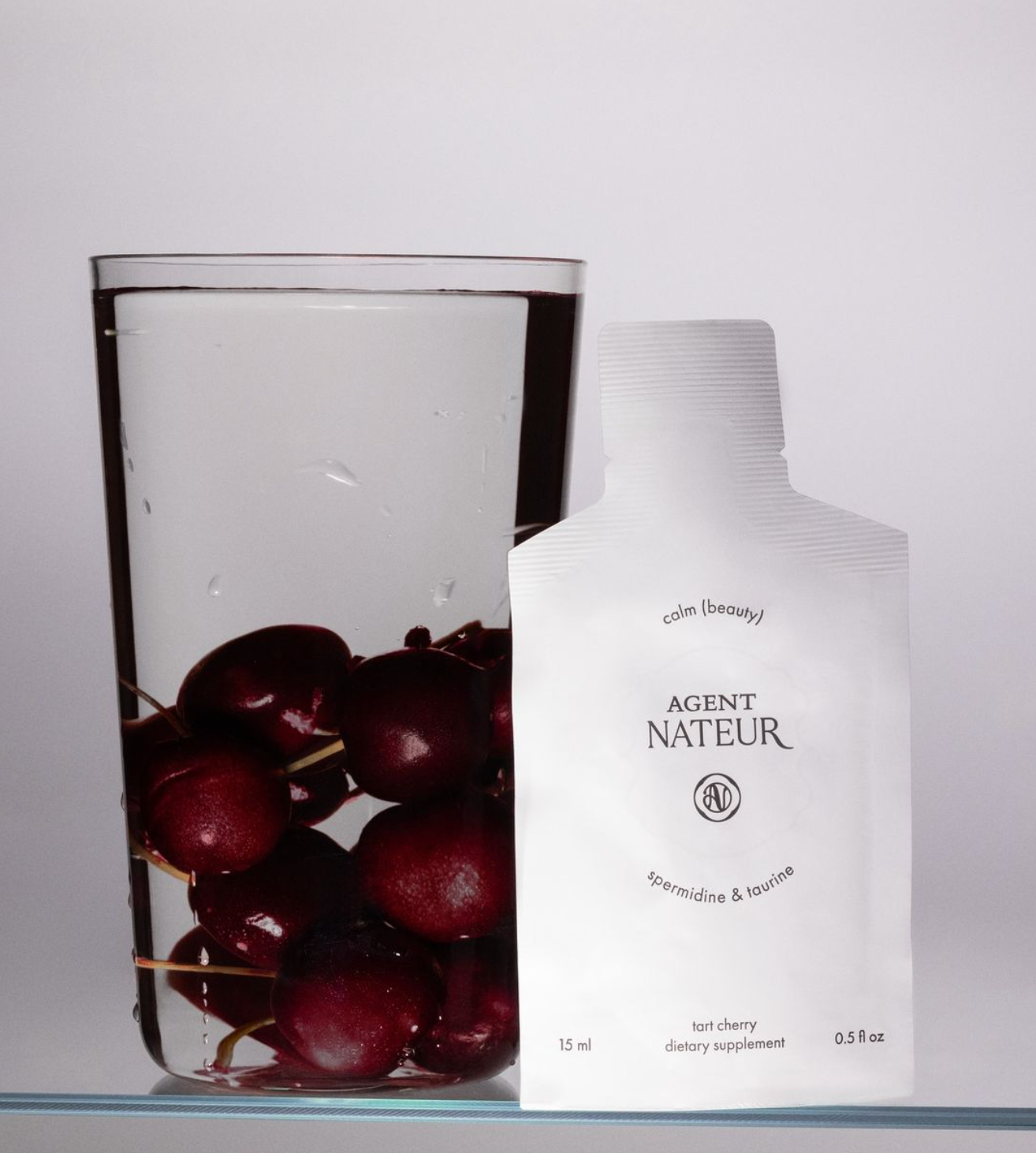Comparing Vitamin C Derivatives: Sodium Ascorbyl Phosphate vs. THD Ascorbate

Not all forms of vitamin C are created equal—and understanding the difference between its derivatives is key to choosing the right one for your skin. While L-ascorbic acid is the purest form of vitamin C, it’s also highly unstable and can cause irritation in sensitive complexions.
Enter two advanced alternatives: Sodium Ascorbyl Phosphate (SAP) found in holi (c) and Tetrahexyldecyl Ascorbate (THD or THDA) found in holi (water) crème. Both offer the antioxidant and brightening benefits of vitamin C, but differ in solubility, penetration depth, and ideal usage. Whether you’re looking to soothe breakouts or target fine lines, knowing how SAP and THD function can help you make a smarter, science-backed choice.
What is THD Ascorbate?
THD Ascorbate is a highly stable, lipid-soluble form of Vitamin C. Unlike traditional ascorbic acid—which is water-soluble, pH-sensitive, and often unstable—THD is designed to penetrate deeper into the skin, remain potent longer, and work more effectively with other ingredients in your routine.
Why Your Skin Loves THD Ascorbate
1. Brightens Without Irritation
THD Ascorbate reduces the appearance of dark spots and uneven tone with low risk of sensitivity, making it ideal for reactive or compromised skin.
2. Deep Skin Penetration
Because it’s oil-soluble, THD can bypass the water barrier of the skin and reach the deeper dermal layers where collagen is formed.
3. Collagen Support + Firmness
THD stimulates collagen production, helping to improve skin texture, elasticity, and reduce the appearance of fine lines.
4. Powerful Antioxidant Protection
It neutralizes free radicals and protects skin from oxidative stress caused by UV exposure and pollution—preserving skin health over time.
5. Longer Shelf Life, Better Stability
Unlike ascorbic acid, which oxidizes quickly, THD stays potent and stable in formulations—so you get consistent results from the first application to the last.
THD delivers the benefits of Vitamin C—brightness, collagen stimulation, and antioxidant protection—with none of the drawbacks: no stinging, no instability, and no wasted product.
What’s the Difference Between SAP in holi (c) and THDA?
Sodium Ascorbyl Phosphate (SAP)
- Known as an acne banisher
- Water-soluble form of Vitamin C
- Moderate skin penetration—limited by skin’s lipid barrier
- Brightening and antimicrobial, ideal for acne-prone skin
- Stable and less irritating than L-ascorbic acid
- Requires conversion into ascorbic acid in the skin
- Works best in water-based formulas like holi (water)
- Suitable for sensitive or blemish-prone skin
Tetrahexyldecyl Ascorbate (THDA)
- Oil-soluble form of Vitamin C
- Deep skin penetration—absorbs into lipid layers
- Highly stable, even more than SAP
- Converts efficiently into active ascorbic acid
- Supports collagen synthesis, brightens, and reduces pigmentation
- Exceptionally gentle, with very low irritation risk
- Ideal for luxury creams and emulsions (like holi (water) crème)
While THD Ascorbate is often considered the gold standard in luxury skincare, some individuals may prefer Sodium Ascorbyl Phosphate (SAP) for its unique benefits—especially those with acne-prone or extremely sensitive skin. SAP is water-soluble and known for its antimicrobial properties, making it particularly effective in targeting breakouts, inflammation, and post-acne pigmentation. It’s also highly stable and well-tolerated, with a lower risk of irritation compared to pure L-ascorbic acid. For those who prefer lightweight, water-based formulations or are seeking a gentle introduction to vitamin C, SAP offers a reliable, non-aggressive way to brighten the complexion and protect against free radical damage.
Why Some Prefer THD Ascorbate
For those seeking maximum performance with minimal irritation, Tetrahexyldecyl Ascorbate (THDA) is often the preferred choice—especially in advanced skincare for mature skin. Its oil-soluble structure allows it to penetrate deep into the skin’s lipid matrix, delivering more intensive antioxidant protection and encouraging collagen production at the dermal level. Unlike water-based vitamin C derivatives, THD is remarkably stable, non-acidic, and gentle, making it ideal for mature skin. In creams like holi (water) crème, THDA offers a results-driven approach to brightening, firming, and defending the skin against oxidative stress and wrinkles.
Combining THD Ascorbate (THDA) and Sodium Ascorbyl Phosphate (SAP) allows you to harness the strengths of two distinct vitamin C derivatives—resulting in a more comprehensive, gentle, and stable approach to brightening, collagen support, and antioxidant defense.
Here’s why combining this duo is so effective:
1. Dual-Phase Delivery
- THDA is lipid-soluble, meaning it penetrates deeply into the skin’s lipid barrier and works over time to stimulate collagen and reduce pigmentation.
- SAP is water-soluble, acting more quickly at the surface to brighten skin tone, reduce inflammation, and fight acne-causing bacteria.
Together, they offer both immediate and long-term results, targeting both epidermal and dermal layers.
2. Broader Antioxidant Coverage
- THDA is highly stable and resists oxidation, providing deep, long-lasting antioxidant protection.
- SAP boosts glutathione levels and neutralizes free radicals on the skin’s surface, especially helpful for pollution and UV exposure. SAP supports glutathione both by direct regeneration and by reducing the demand on the skin’s antioxidant reserves. It’s one of the reasons SAP is so beneficial in protecting sensitive or acne-prone skin from environmental and inflammatory damage.
This pairing mimics the multi-layered antioxidant defense system of healthy, youthful skin.





